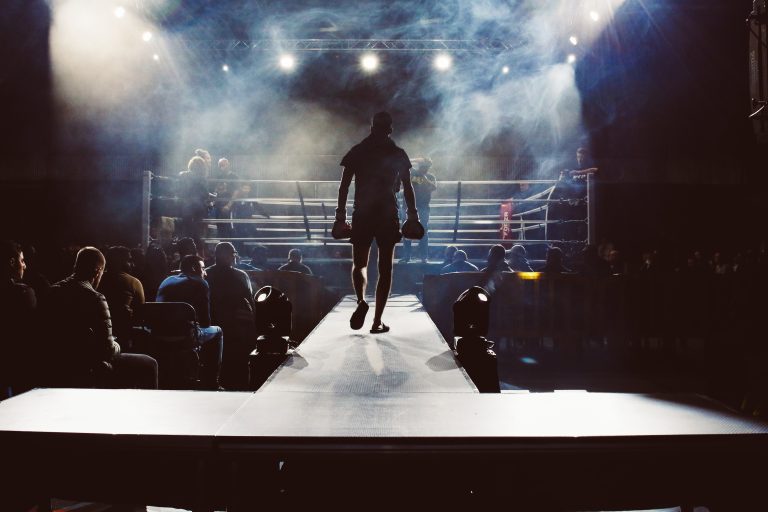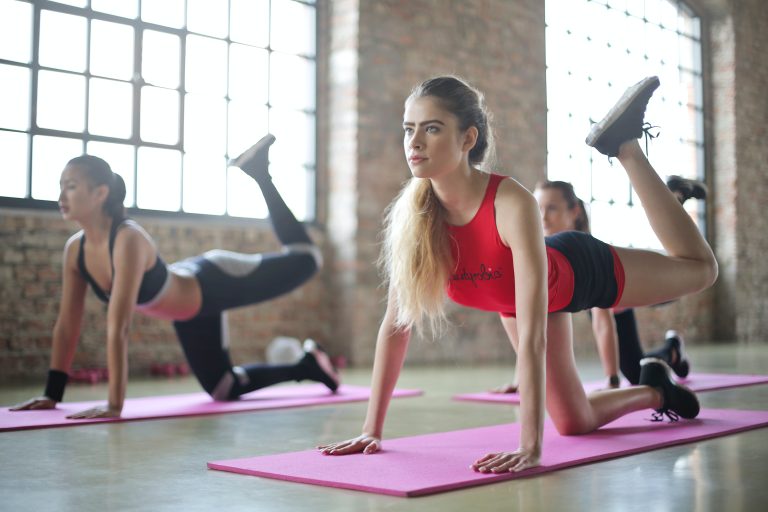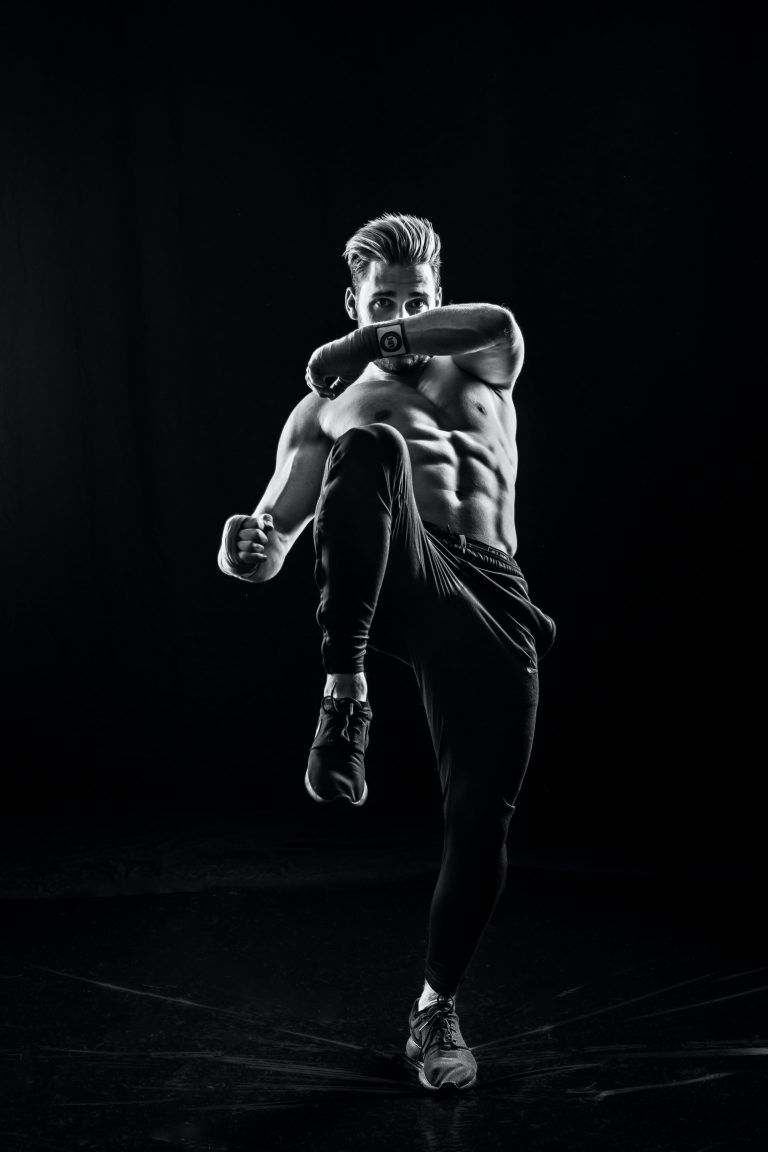Karate: Basics Techniques and Applications
Karate is a martial art that originated in Okinawa, Japan in the early part of the 20th century. It involves a combination of punches, kicks, blocks, and strikes, and is known for its effectiveness in self-defense situations. In this blog post, we will cover the basic techniques and applications of karate.
Stances
Stances are fundamental in karate. The practitioner must maintain a solid, rooted foundation in order to execute techniques with power and precision. Some of the basic stances in karate include:
- Hachiji-dachi (natural stance) – feet shoulder-width apart, toes slightly pointed outward.
- Zenkutsu-dachi (forward stance) – one foot forward, one foot back, knees bent, and weight distributed evenly between both feet.
- Kiba-dachi (horse stance) – feet shoulder-width apart, toes pointed outward, knees bent, and weight distributed evenly between both feet.
Strikes
Karate practitioners use various types of strikes, depending on the target area and the situation. Some of the basic strikes include:
- Choku-zuki (straight punch) – executed with the lead arm, targeting the opponent’s face or torso.
- Gyaku-zuki (reverse punch) – executed with the back arm, targeting the opponent’s face or torso.
- Tate-zuki (uppercut) – executed with the lead arm, targeting the opponent’s chin or solar plexus.
- Mae-geri (front kick) – executed with the lead leg, targeting the opponent’s groin or abdomen.
- Yoko-geri (side kick) – executed with the lead leg, targeting the opponent’s thigh or ribs.
Blocks
Blocks are used to defend oneself against an incoming attack. Karate practitioners use various types of blocks, depending on the type of attack and the direction of the force. Some of the basic blocks include:
- Gedan-barai (low block) – executed with the lead arm, blocking a low incoming attack.
- Jodan-uke (high block) – executed with both arms, blocking a high incoming attack.
- Soto-uke (outside block) – executed with the lead arm, blocking an incoming attack from the outside.
- Uchi-uke (inside block) – executed with the back arm, blocking an incoming attack from the inside.
Applications
Karate techniques can be applied in various self-defense situations. For example:
- A front kick (mae-geri) can be used to push away an attacker and create distance.
- A reverse punch (gyaku-zuki) can be used to strike an attacker’s face, causing temporary disorientation or pain.
- An outside block (soto-uke) can be used to deflect an attacker’s incoming punch and set up a counter-attack.
It’s worth noting that karate is not just about the physical techniques, but also involves mental discipline, focus, and respect for oneself and others.
In conclusion, karate is a martial art that involves a combination of stances, strikes, and blocks. Practitioners use these techniques in various self-defense situations, aiming to create distance, strike the target, or deflect incoming attacks. By mastering these basic techniques, practitioners can develop their physical and mental strength, as well as their ability to protect themselves and others.
The Most Frequently Asked Questions About Karate: Basics Techniques and Applications
Karate is a highly respected form of martial arts that originated in Okinawa, Japan, and is now practiced globally. It is a great way to improve both physical and mental strength through the mastery of basic techniques, which include punches, kicks, and strikes, and the application of these techniques in real-life situations. However, there are many commonly asked questions about karate basics techniques and applications that may need answers. In this blog post, we will provide answers to some of these common questions.
1. What is karate?
Karate is a type of martial art that predominantly uses strikes, blocks, and kicks. It also includes various forms of training to develop physical and mental strength. Many people practice karate for self-defense, sports, fitness, or as a hobby.
2. What are the basics techniques in karate?
The basic techniques of karate are:
- Punches – including straight punches, uppercuts, and hooks
- Kicks – including front kicks, roundhouse kicks, and side kicks
- Strikes – including open hand techniques like knife hand strikes and palm heel strikes
- Blocks – including inward blocks, outward blocks, and upward blocks
These techniques can be performed in different combinations or „kata.“
3. What is a Kata?
Kata refers to a formal, repetitive practice of sequences of movements, representing self-defense techniques against an imaginary opponent. The practice of Kata involves perfecting techniques, balance, and timing.
4. What are some classic kata in karate?
Some classic Kata in Karate include:
- Heian Shodan – a basic Kata that is often taught to beginners
- Bassai Dai – a Kata that emphasizes techniques used in self-defense situations
- Kanku Dai – an advanced Kata that emphasizes high kicks and jumping techniques
5. What benefits can someone get from practicing karate?
There are several benefits associated with practicing karate, including:
- Improved fitness and endurance
- Developing discipline and mental focus
- Stress and anxiety relief through physical activity
- Sense of community with fellow practitioners
- Enhanced self-defense abilities
6. What equipment is necessary to practice karate?
The basic equipment needed includes a karate gi, which is a uniform consisting of a jacket, pants, and a belt. Wearing protective gear such as gloves, shin and ankle guards, and mouthguards is optional, but highly recommended.
7. How long does it take to become proficient in karate?
The time to become proficient in karate varies from person to person, depending on factors like natural ability, dedication, and the intensity of training. It can take as little as a few months to several years to become skilled enough to pass a black belt test. However, proficiency is an ongoing process, and the practice of karate requires continuous learning and improvement.
8. Can anyone practice karate?
Yes, anyone can practice karate, regardless of age, gender, or fitness level. There are different forms of karate, and training is often adapted to the abilities of the practitioner.
9. Can karate be helpful for self-defense?
Yes, karate can be helpful in self-defense because it trains the practitioner in various strikes and blocks that can be used against an attacker. However, it is essential to remember that avoiding dangerous situations is always the best defense.
10. How does one advance in karate?
One advances in karate by passing tests that are based on a standard curriculum. The curriculum varies from one karate association or dojo to another, but it usually involves gaining proficiency in basic techniques or kata, and sometimes sparring.
Conclusion
In conclusion, karate is a fascinating, multi-dimensional form of martial art that can have many benefits beyond just self-defense. The basics of karate are crucial, and it takes practice and dedication to become proficient. Anyone can learn karate, and as with any martial art, discipline and focus are essential to success. Always remember to practice with proper guidelines, guidance, and steadily improve your techniques.
Inhaltsverzeichnis





